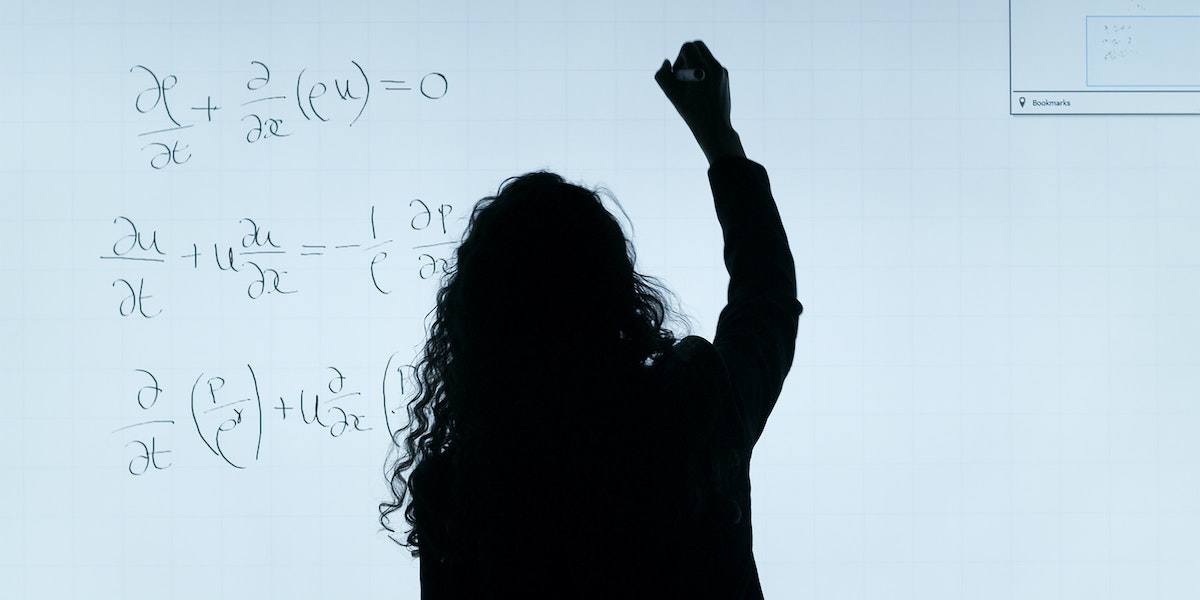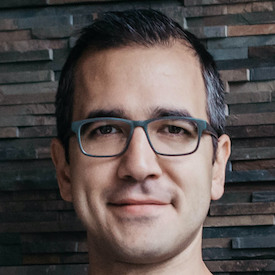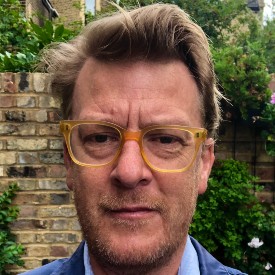I woke up in the middle of the night, utterly confused.
I had been dreaming—of an equation. I was in a classroom, and on the blackboard, there was a simple equation written in chalk: 0.8 * 0.2 = 0.16.
To be clear: I rarely ever dream about math. When I do, it’s often a nightmare about bombing a theoretical physics final in college.
Even though this was no nightmare, the equation really bothered me. The middle-school math checks out: 0.8 multiplied by 0.2 in fact equals 0.16. What bothered me was the underlying implication: The product of two numbers could be less than each number (0.16 is less than both 0.8 and 0.2).
The outcome makes sense to the astrophysicist in me. But in the dream, I was staring at this equation as a mathematical beginner, completely befuddled by the result. How could that be? If you multiply two numbers together, shouldn’t the result be greater than each part?
Dreams are written in disappearing ink. But this one lingered with me for a while, as if there was a message embedded within that I needed to learn.
And then the message hit me. When we operate at a fraction, we compromise the output.
“When we operate at a fraction, we compromise the output.”
Most of us go through life operating at a fraction in everything we do. We check email during Zoom meetings. We shove a sandwich into our mouth with one hand while scrolling through our phone with the other. When we work, we think about play. When we play, we think about work. We exist in this in-between state—we’re neither fully here nor there—constantly operating at a 0.2 or a 0.8 instead of a full 1.
As a result, our output suffers. What we produce becomes less than what we put in. We achieve only an iota of what we’re capable.
When people meet a great leader, they often say, “She made me feel like I was the only person in the room.” Imagine giving that type of complete attention to everything you do—and making that thing the only thing in the room.
Not just deep work. But deep play. Deep rest. Deep listening. Deep reading. Deep love. Deep everything.
This mindset requires being aware of your own limitations. When I write, for example, my output begins to significantly drop after about two hours. By the fourth hour, I’m operating at a 0.2 at best. If I keep pushing, I know I’ll write gobbledygook that isn’t even worth editing. I’m much better off taking my hands off the keyboard and giving my attention to something else.
“This isn’t just about being mindful of what you’re doing. It’s choosing one activity over others.”
This isn’t just about being mindful of what you’re doing. It’s choosing one activity over others. It’s approaching everything you do with intention. Often, we’re operating impulsively, moving from one notification to the next, one email to the next, living our lives in a frantic blur.
But if you slow down for just a moment and intentionally choose to give your full attention to what you’re going to do next, you’ll trigger your internal defibrillator that can jolt you back alive and bring you closer to your full capacity.
It’s like the way a great leader might shake your hand and greet you. Hello activity. It’s great to meet you. I’m choosing to engage with you. I’m going to treat you like you’re the most important person in the room and ignore everyone else.
0.8 * 0.2 = 0.16. There’s now a post-it note on my desk with that equation.
It serves as a constant reminder to live deep and suck out all the marrow of life, as Thoreau put it, instead of living at a fraction of what I’m capable.
Ozan Varol is a rocket scientist turned law professor and bestselling author. Click here to download a free copy of his eBook, The Contrarian Handbook: 8 Principles for Innovating Your Thinking. And download the Next Big Idea App to enjoy a “Book Bite” Summary of his latest book, Think Like a Rocket Scientist.






























